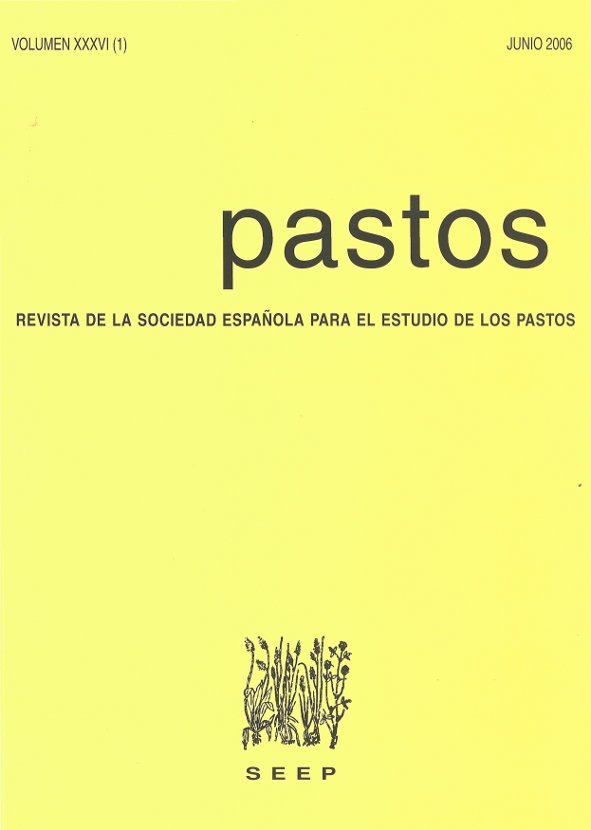THE PLACE OF TEMPÉRATE LEGUMES {Trifolium, Onobrychis and Lotus spp.) IN SUSTAINABLE FORAGE SYSTEMS
Resumen
The paper summarises the current knowledge on températe legumes used in Europe, lúceme excluded, and discuss the possibilities for a new development of these species in the farming sector as well as some research priorities. The yield potential of red and white clovers is high but, despite undeniable breeding progress, persistence remains a problem especially for red clover. The lack of persistence in this species is probably mainly related with disease attacks by Sclerotinia trifoliorum but other fungi species like Fusarium spp. can be at least as important in some cases. More studies are needed on the causes of disappearance and on breeding of this species. For white clover, new aggressive cultivars are much more persistent than conventional oíd cultivars. The conditions for balanced and persistent legume/grass mixtures are now much better understood. An adapted management based on current knowledge can maintain white clover for long periods in the sward. For Lotus spp. and Caucasian clover a lot of research is still needed to define their potential. They are not very productive but they have several advantages for an extensive production in difficult environments. Superior nutritive valué, intake characteristics and animal performances have been demonstrated for legumes compared to grasses. Utilization of protein remains though a problem that could lead to losses to the environment, bad conservation of silage and high-energy consumption for the synthesis of urea. More researches are needed on ways to reduce proteolysis. Grazing legume/grass mixtures can increase the polyunsaturated fatty acid contení of milk and can thus have a positive impact on consumer's health. N fixation is very important in productive legume species but its variability needs still to be studied to better understand the factors affecting N fixation in the field. Nitrate leaching in grazed white clover/grass swards and after the ploughing of legume-based leys has been amply studied but fewer data are available for other legume species and on nitrogen amounts available for the subsequent crops in ley/crop rotations. There is still a debate on nitrate leaching under grazed legume/grass swards; it is not clear yet weather these swards reléase similar amounts of nitrate at comparable levéis of animal production per ha compared with N-fertilized grass swards. Breeding efforts should concéntrate on more persistent cultivars especially in red clover and Lotus spp., on more resistant species to environmental and biological stresses and on the introduction of genes of CT synthesis in clover species. More effective strains of Rhizobium should also be selected. The utilizaron rules of white clover are now well defined. The influences of nitrogen fertüisation, the type of grazing animal, the combination of grazing and cutting, the defoliation interval and the grazing system are much better understood. Other legume species are not so well known and should be more studied. N-fertilised swards imply a high consumption of fossil energy for the synthesis of inorganic N fertilizers; the use of legumes can thus reduce C02 emissions in the atmosphere. More researches are needed for assessing the impact of legume-based systems on the environment and consumer healthDescargas
Los datos de descarga aún no están disponibles.
Descargas
Publicado
2011-11-22
Número
Sección
Revisión Científica
Cómo citar
THE PLACE OF TEMPÉRATE LEGUMES {Trifolium, Onobrychis and Lotus spp.) IN SUSTAINABLE FORAGE SYSTEMS. (2011). Pastos, 36(1), 5-33. https://polired.upm.es/index.php/pastos/article/view/1685










